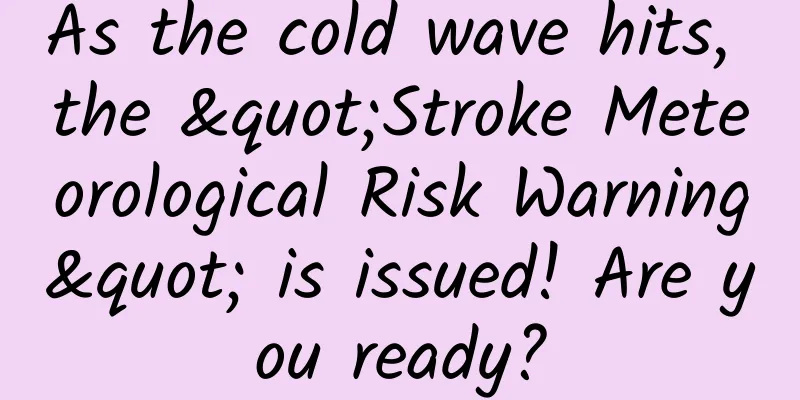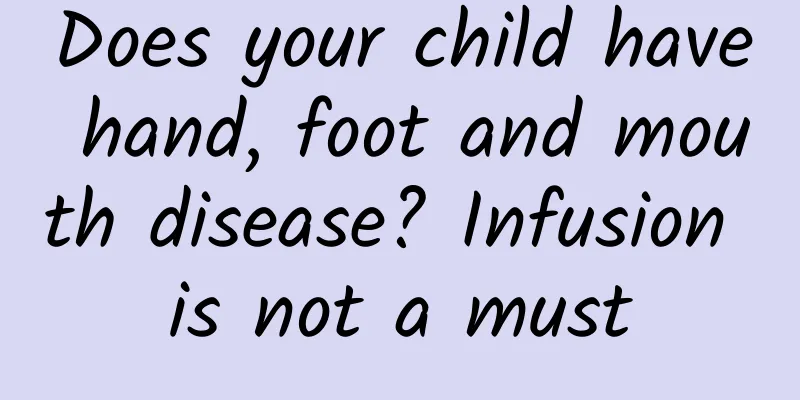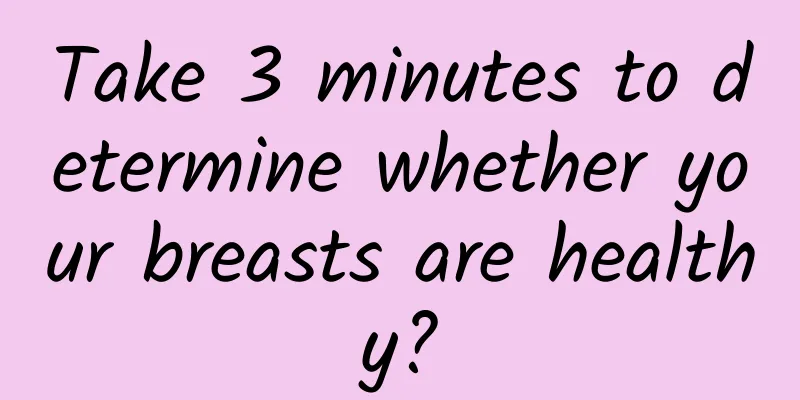As the cold wave hits, the "Stroke Meteorological Risk Warning" is issued! Are you ready?

|
Recently, the temperature has dropped significantly across the country, and cold waves have also "visited" our city. Climate changes such as cold waves directly affect people's health and may even cause strokes. According to statistics, more than 70% of strokes occur in winter. Strokes occur suddenly, violently, and are difficult to predict. So, what is "stroke meteorological risk warning"? How many levels are there in risk warning? And how can we prevent it? What is a stroke? Stroke is a group of diseases that cause brain tissue damage due to sudden rupture of brain blood vessels or blockage of blood vessels that prevent blood from flowing into the brain tissue . It is generally divided into two categories: Hemorrhagic stroke , which is commonly known as cerebral hemorrhage or cerebral hemorrhage, refers to non-traumatic cerebral hemorrhage. It mainly occurs in patients with hypertension, cerebral arteriosclerosis, intracranial aneurysms, vascular malformations, etc. The main clinical manifestations are headache, vomiting, impaired consciousness, hemiplegia and (or) sensory impairment. It is a common disease with a high mortality and disability rate. Ischemic stroke is a group of clinical syndromes characterized by impaired blood supply to brain tissue due to various reasons, resulting in ischemic hypoxic necrosis and further neurological dysfunction. In China, the incidence of ischemic stroke is much higher than that of hemorrhagic stroke. Stroke is the "number one killer" of the life and health of the Chinese people. It can cause symptoms such as limb paralysis, speech disorders, dysphagia, cognitive impairment, and mental depression. It is characterized by high incidence, high recurrence rate, high disability rate, high mortality rate, and heavy economic burden. Why does cold weather trigger stroke? Coldness causes endocrine system disorders , increased secretion of chemical mediators such as catecholamines in the body, increased blood viscosity, shortened blood clotting time, and further promotes the formation of blood clots. Cold can cause vascular spasms . When the human body is stimulated by cold air, it often causes abnormal excitement of the sympathetic nerves, spasmodic contraction of small arteries throughout the body, and then narrowing of the blood vessel cavity, hindering blood flow, leading to cerebral ischemia. At this time, platelets are also prone to aggregation and formation of blood clots. When the human body walks from a warm indoor environment to a cold outdoor environment, the change in temperature can easily cause vascular spasm, resulting in increased peripheral vascular resistance , which in turn leads to high blood pressure and induces stroke. It is easy to get respiratory diseases when the weather is cold , and some upper respiratory tract infections may induce or aggravate cerebrovascular diseases. In cold seasons, appetite increases and people tend to eat excessive carbohydrates and fats to ensure sufficient calories. These foods will also increase water intake and retention, leading to increased blood volume and increasing the risk of stroke. What is the meteorological risk warning for stroke? Stroke meteorological risk warning is one of the health meteorological risk warning products developed by Tianjin Health Meteorological Cross-Innovation Center. It aims to reduce the incidence of stroke in our city and better serve the general public. The meteorological risk warning for stroke is divided into three levels, namely Level III (higher risk), Level II (high risk), and Level I (very high risk), which correspond to levels yellow, orange, and red. Each level has corresponding medical reminder information to inform the public how to take preventive measures. Stroke meteorological risk warning health prevention suggestions 1. Yellow Alert Health Protection Recommendations 01. When the temperature changes suddenly, reduce outdoor activities and take appropriate protection. 02. Remind people at high risk of stroke (according to the "Stroke" Risk Score Card of the Stroke Screening and Prevention Project Committee of the National Health Commission) that they should pay attention to: ① Prepare cold-resistant gear, wear a warm coat, a scarf, and a hat, and keep your hands and feet warm (such as warm socks and gloves). ② Arrange exercise time reasonably. The recommended time period is from 10 am to 3 pm. Relaxing activities (such as walking, Tai Chi, etc.) are appropriate. ③ Adjust your diet appropriately. It is recommended to reduce the intake of high-cholesterol foods (such as pork liver, pig heart, crab roe, eggs, etc.) and eat more high-fiber foods (such as corn, wheat, cabbage, etc.). ④ Ensure adequate daily water intake. The recommended daily intake is 1500ml-2000ml (excluding water in food), especially for diabetic patients. 2. Orange Alert Health Protection Recommendations 01. Due to sudden changes in temperature, try to reduce outdoor activities and keep warm. 02. Remind people at high risk of stroke (according to the "Stroke" Risk Score Card of the Stroke Screening and Prevention Project Committee of the National Health Commission) that they should pay attention to: ① Prepare cold-resistant gear in time, wear a warm coat, scarf, and hat, and pay attention to keeping your hands and feet warm (such as warm socks and gloves). ② Adjust your exercise time appropriately. The recommended time period is from 10 a.m. to 3 p.m., and relaxing activities (such as walking, Tai Chi, etc.) are appropriate. ③ Adjust your diet appropriately. It is recommended to reduce the intake of high-cholesterol foods (such as pork liver, pig heart, crab roe, eggs, etc.) and eat more high-fiber foods (such as corn, wheat, cabbage, etc.). ④ Patients with hypertension, diabetes, and dyslipidemia are advised to take antihypertensive, hypoglycemic, and lipid-regulating drugs regularly as prescribed by their doctor. ⑤ Regularly monitor blood pressure, blood sugar, blood lipids and other indicators. If there are large fluctuations or poor control, go to the hospital in time and adjust the use of medication. 3. Red Alert Health Protection Recommendations 01. When the temperature changes suddenly, be sure to reduce outdoor activities, strengthen protection, and pay special attention to keeping warm. 02. People with risk factors for stroke should pay attention to: ① Do not go out unless necessary. ② Prepare sufficient cold-resistant gear, wear a warm coat, a scarf, and a hat, and pay attention to keeping your hands and feet warm (such as warm socks and gloves). ③ Choose the appropriate exercise method and time. The recommended time period is from 10 am to 3 pm, and relaxing activities such as walking and Tai Chi are appropriate. ④ Appropriately adjust your diet. It is recommended to reduce the intake of high-cholesterol foods (such as pork liver, pig heart, crab roe, eggs, etc.) and eat more high-fiber foods (such as corn, wheat, cabbage, etc.). ⑤ Patients with hypertension, diabetes, and dyslipidemia are advised to take antihypertensive, hypoglycemic, and lipid-regulating drugs regularly as prescribed by their doctor. ⑥ Regularly monitor blood pressure, blood sugar, blood lipids and other indicators. If there are large fluctuations or poor control, go to the hospital in time and adjust the use of medication. ⑦ If symptoms such as slurred speech, facial paralysis, limb weakness, limb numbness, unsteady walking, severe headache, and impaired consciousness occur, it is recommended to call the emergency number "120" immediately and seek medical attention in time. How to identify early stroke? To identify the early symptoms of stroke, remember the "BE FAST formula" . The first five letters each represent an early symptom, and the last letter is a reminder that once stroke symptoms are discovered, you should immediately call the emergency number and seek medical attention as soon as possible. B – Balance refers to loss of balance, equilibrium or coordination, and sudden difficulty walking; E——Eyes refers to the eyes, sudden changes in vision, difficulty seeing; F——Face refers to the face, which is asymmetrical and has crooked corners of the mouth; A--Arms refers to the arms, sudden weakness or numbness in the arms, usually on one side of the body; S——Speech refers to language, speaking unclearly and unable to understand other people’s language; T——Time refers to time. The above symptoms indicate a possible stroke. Please do not wait for the symptoms to disappear on their own. Call 120 immediately for medical assistance. It should be noted that calling 120 to send the patient to the hospital for emergency treatment should not only be quick, but also the right hospital. You should choose a hospital with a stroke center and qualified medical treatment providers for emergency treatment. What should I do before the ambulance arrives? Try to let the patient lie flat, on his back, with his head tilted to one side to prevent choking or suffocation, loosen the collar buttons, and keep the airway open. Remember not to blindly feed the patient water, drinks or medicine to avoid delaying the disease. Remember to record the time of the attack and do not transport. Do not drag, pull, carry or lift the patient. Stroke emergency map At present, many hospitals across the country have the ability to treat stroke, and have set up green channels for stroke treatment. If stroke symptoms occur, patients must call "120" immediately and go to a hospital with treatment capabilities to see a doctor, so as not to miss the golden window of time for stroke treatment. For a list of hospitals with stroke treatment capabilities, you can browse and check the official website of the National Health Commission's Stroke Prevention and Treatment Project - China Cardiovascular and Cerebrovascular Disease Network. |
<<: CAMIA: Cambodia’s Mobile Payment Industry
>>: Routine tests you may need after a stroke
Recommend
Frequent false labor at 38 weeks of pregnancy
When the pregnancy reaches the later stage, that ...
What is the matter with my aunt's black period?
Women will experience bleeding during their menst...
I usually have constipation, but my period is smooth.
As we all know, women usually experience some unp...
Bleeding after one week without bleeding
Once lovers reach a certain level of intimacy, se...
How to choose badminton? The benefits of playing badminton
Almost all sports have the function of strengthen...
How to comfort my girlfriend when she has her period
Many women feel uncomfortable during their menstr...
How long does it take to have sex with bacterial vaginitis
Bacterial vaginitis is a disease that women are v...
There are black dirty things in menstruation
What is the reason for the presence of gray and b...
Why does yeast recur after menstruation?
Many women have problems with fungal infections, ...
Beijing will conduct a serum antibody survey on the new coronavirus population. What is the use of testing antibodies?
On January 31, Wang Quanyi, deputy director of th...
What is brown leucorrhea?
The main abnormalities of leucorrhea in women are...
What causes a fast heartbeat in pregnant women?
Although getting pregnant after marriage is a hap...
What surgery is best for uterine fibroids?
Uterine fibroids generally require surgery, and u...
How to solve the problem of wife's sexual indifference
Some people find that their wives are sexually co...









